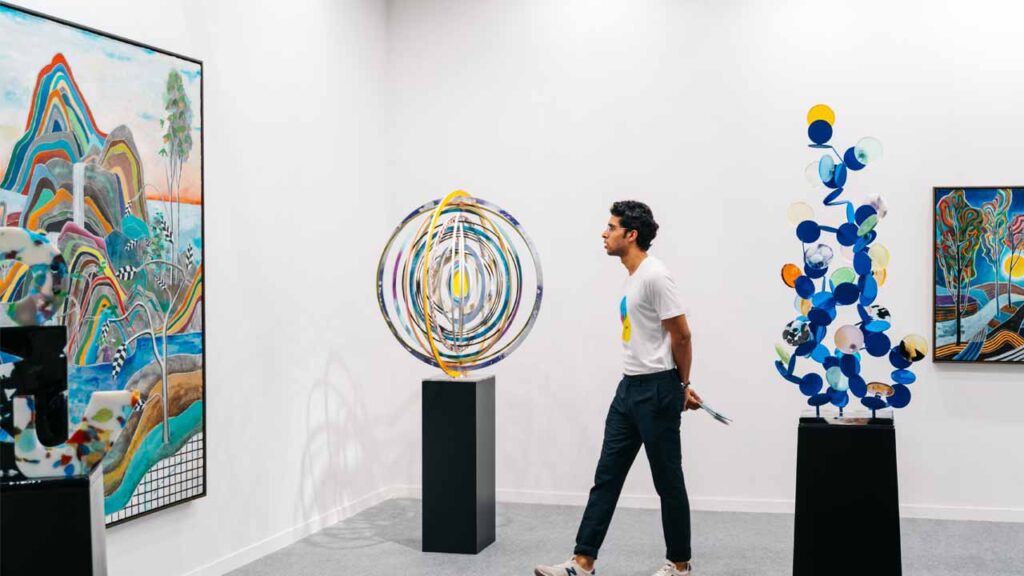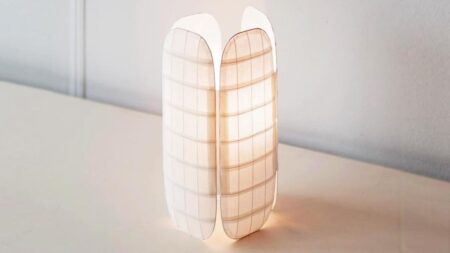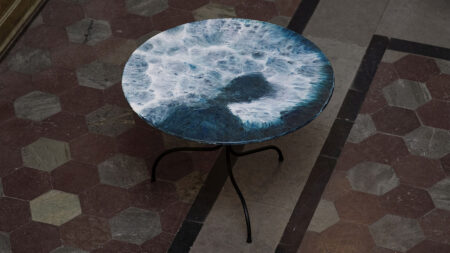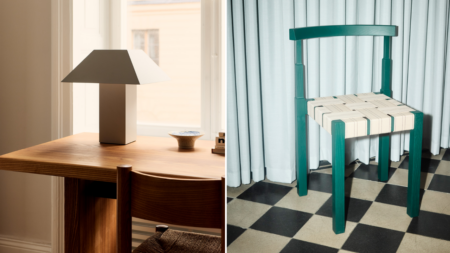The end of the morning session on day one of any art or design fair is a special moment for exhibitors and media. In Milan, it means heading to Al Pont de Ferr or Trattoria della Gloria, both of which serve old-school Milanese cuisine. In London, it means being fed food far too grand and sumptuous for our liking. At Paris, it means negotiating an array of traditional veg and non-veg deliciousness. And at Stockholm, it means strolling through Greenhouse and engaging in discussions with exhibitors, who won’t think twice before offering you a hot cup of coffee. And finally, when you are in Delhi, it means a spicy treat of Cholle Bharture or Gravy Naan followed by a fine cup of tea.
What’s common among these fairs is the local cuisines that is served to exhibitors, media, and visitors. However, this regional flavor is not limited to cuisines. The designs on exhibit are a harvest of rich cultural and regional heritage as well. On one end, where the world continues to deviate toward new influences and bolder expressions, these fairs suggest that designers still hold tight to their cultural and regional identity which is evident in their designs.
A classic example is that of the Indian Art Fair. It’s 2:00 PM on February 6, 2024 in India. People in Milan, London, Paris, and Stockholm, for that matter, have just woken up. But exhibitors in Delhi are busy at the NSIC Grounds, Okhla, hosting its largest edition yet. While the fair has traditionally been a hub for contemporary galleries showcasing rare masterpieces and contemporary works; this year marks a significant shift with the expanded ‘Design Section’. STIR reports that the section now features 11 studios, offering a mix of collectible designs, furniture, jewelry, and textiles.
According to Jaya Asokan, Fair Director of IAF, “The 16th edition of India Art Fair arrives at a thrilling time for South Asian art, as regional artists gain more recognition on the global stage.” She says, “Our mission remains focused on amplifying the voices of these exciting regional artists while supporting the growth of South Asian creativity.”
With cultural and regional identity being the talk of the town, we catch up with Rooshad Shroff, a Mumbai-based designer whose name has been echoing in the ‘Design Section’ of the Art Fair since morning and has stirred a buzz among the design fraternity lately. The designer boasts a Harvard graduate degree, and years of experience working for the likes of RE X and Zaha Hadid Architects. As the 16th edition of the Indian Art Fair commences, Rooshad and his team are exhibiting some of the finest furniture designs we have seen in recent years. Those who have been following Rooshad’s journey know his affinity with curvature, cantilevers, and cashmere. To put it simply, his collections are inspired by nature and come together like pebbles stacked on top of one another.
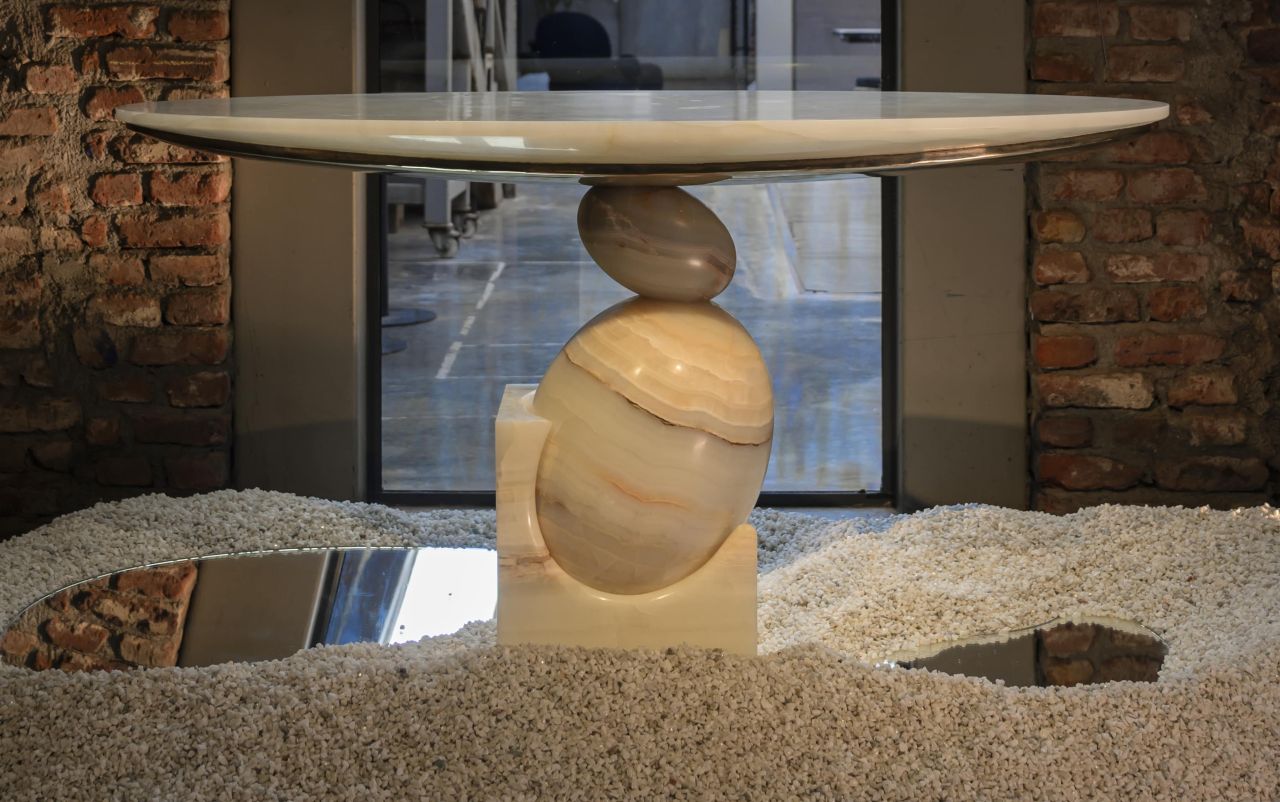
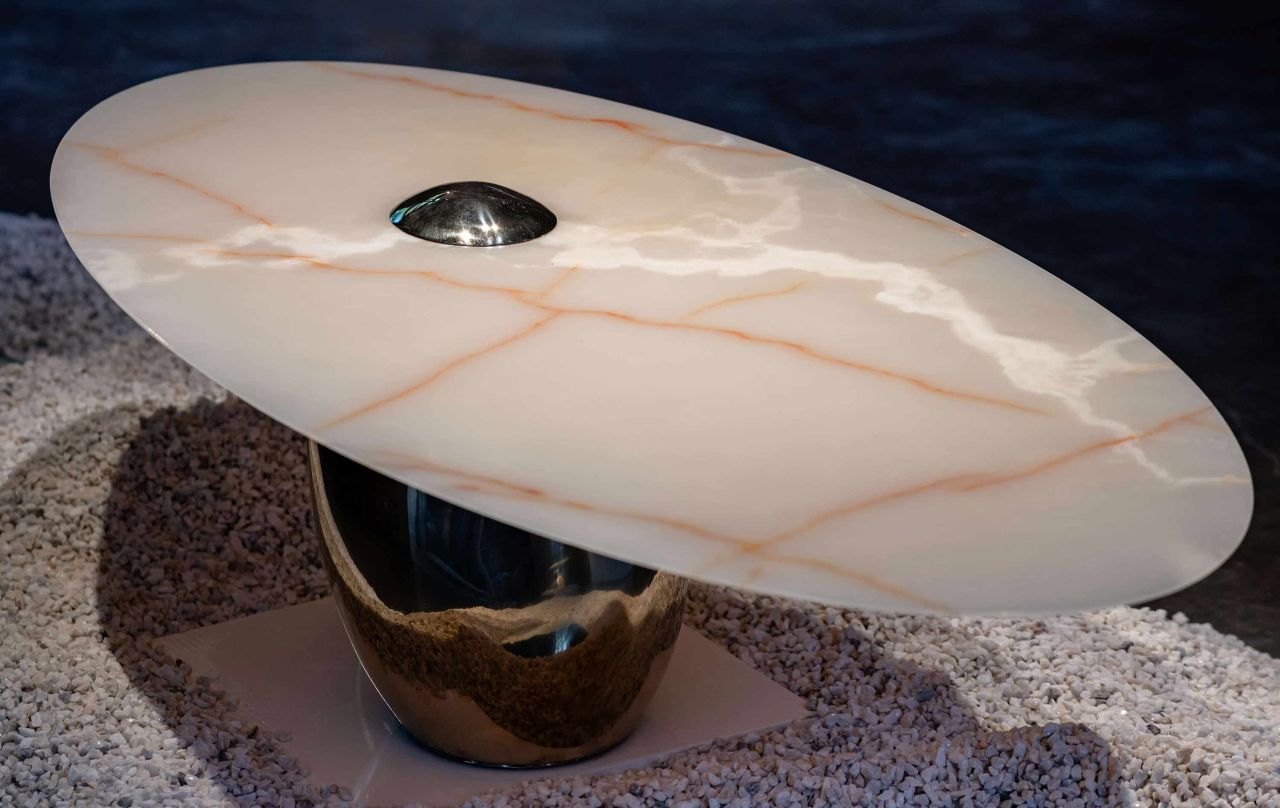
As the conversation around cultural and regional identity intensifies, we catch up with the Mumbai-based designer to pick his mind on the subject. “Indian craft is the foundation upon which I have established my private practice,” he shares in an exclusive chat. “The studio’s association with artisanry goes back to its very inception. Every piece we have ever designed has a story to tell — an artisanal background, an authorship of origin, an exploration of materials, a centuries-old technique illustrative of today’s design language. But in addition to looking to implement Indian cultural elements in our work, we base our designs on a continuous journey of exploration, to see where they lead us.”
Rooshad’s journey began with the exploration of embroidery on wood, which became one of his signature styles. Over time, his works, ranging from furniture to collaborations with brands like Christian Louboutin and Louis Vuitton, have proven to be a fertile ground for experimentation with various crafts and materials. Though based in Mumbai, his work spans the country: carpentry in Alibaug, embroidery in Mumbai, marble carving in Jaipur, and woodwork in Delhi.
Also Read: 10 Most Influential Scandinavian Designers of All Time
While Rooshad is a prime example of cultural integration in design, he is far from alone. Many designers are incorporating local symbols, materials, and colors into their works, allowing cultural identity to fuel new, creative ideas. As the fair wraps up for the day, we turn our attention to the Stockholm Furniture Fair where Nordic design is making its own bold statement.
Alexander Lervik, one of the top names in the Nordic design fraternity, and a guest exhibitor at Stockholm Furniture Fair, tells me, “These are troubled times in the world and this means that people are looking for security. For the Scandinavian design industry, this means that designers are starting to look back to their roots and find inspiration in old shapes and patterns from indigenous peoples and the early Scandinavian styles.”

Another exhibitor, Zhen Bian, who won the first prize at the 2024 SaloneSatellite and was recently nominated by Dezeen as an emerging designer to look out for informs me, “Our projects are out of interest, and usually inspired by phenomena of our daily lives. So we‘re naturally influenced by the local culture. Like the shape of lamp (the studio’s debut product) looks like jellyfish, maybe because we live in a harbor city. For our new project not presented yet, it’s inspired by the handcraft we’ve seen in local place. We don’t do it on purpose, but we’re still influenced by our experiences, memories, and local environments. That’s the best expression of tradition and heritage.”

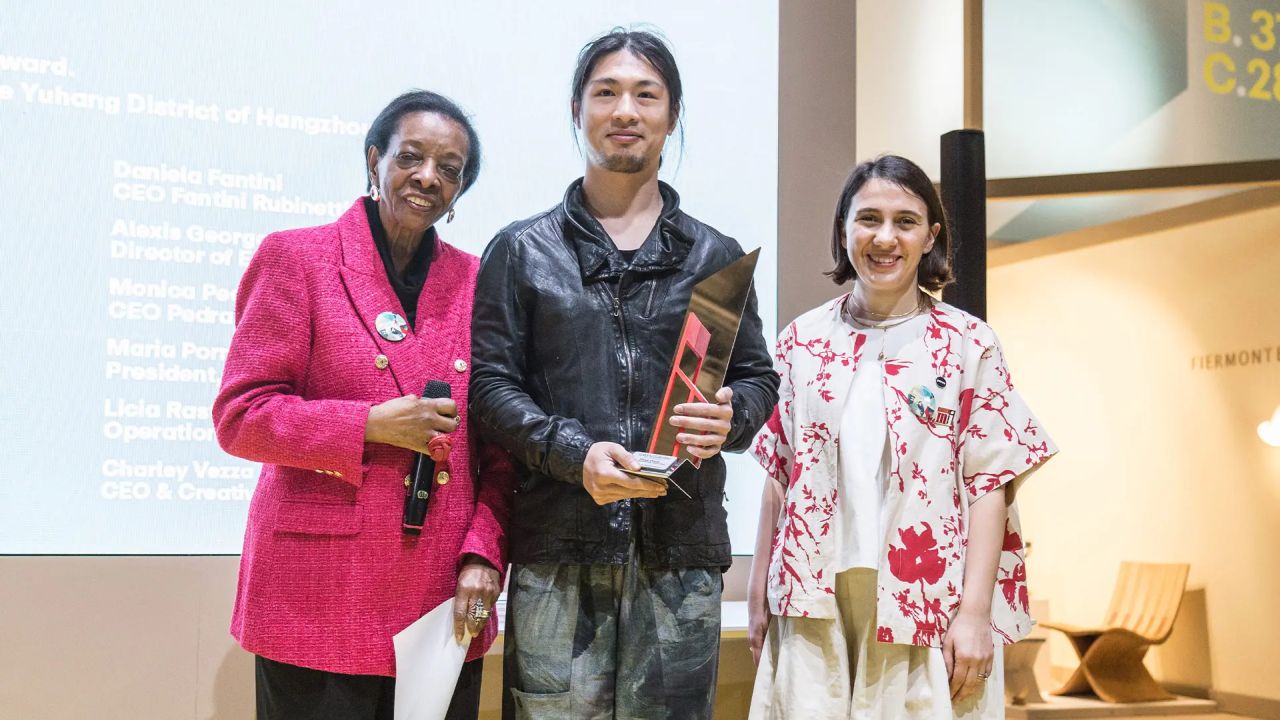
Both, Nordic and Indian designs have earned worldwide admiration for their effortless beauty and quiet confidence. It offers a blueprint for slowing down, embracing intentional living, and crafting meaningful experiences. As designers experiment with making the design process more accessible and encouraging customization, they reflect growing consumer desires for authenticity and connection to the objects they own.
As Muhui Ou, another exhibitor at the Stockholm Furniture Fair informs, “Being a Chinese designer based in Stockholm, cultural identity is definitely something I try to explore through my works. I believe the value of such expressions especially in the times we’re living in.”
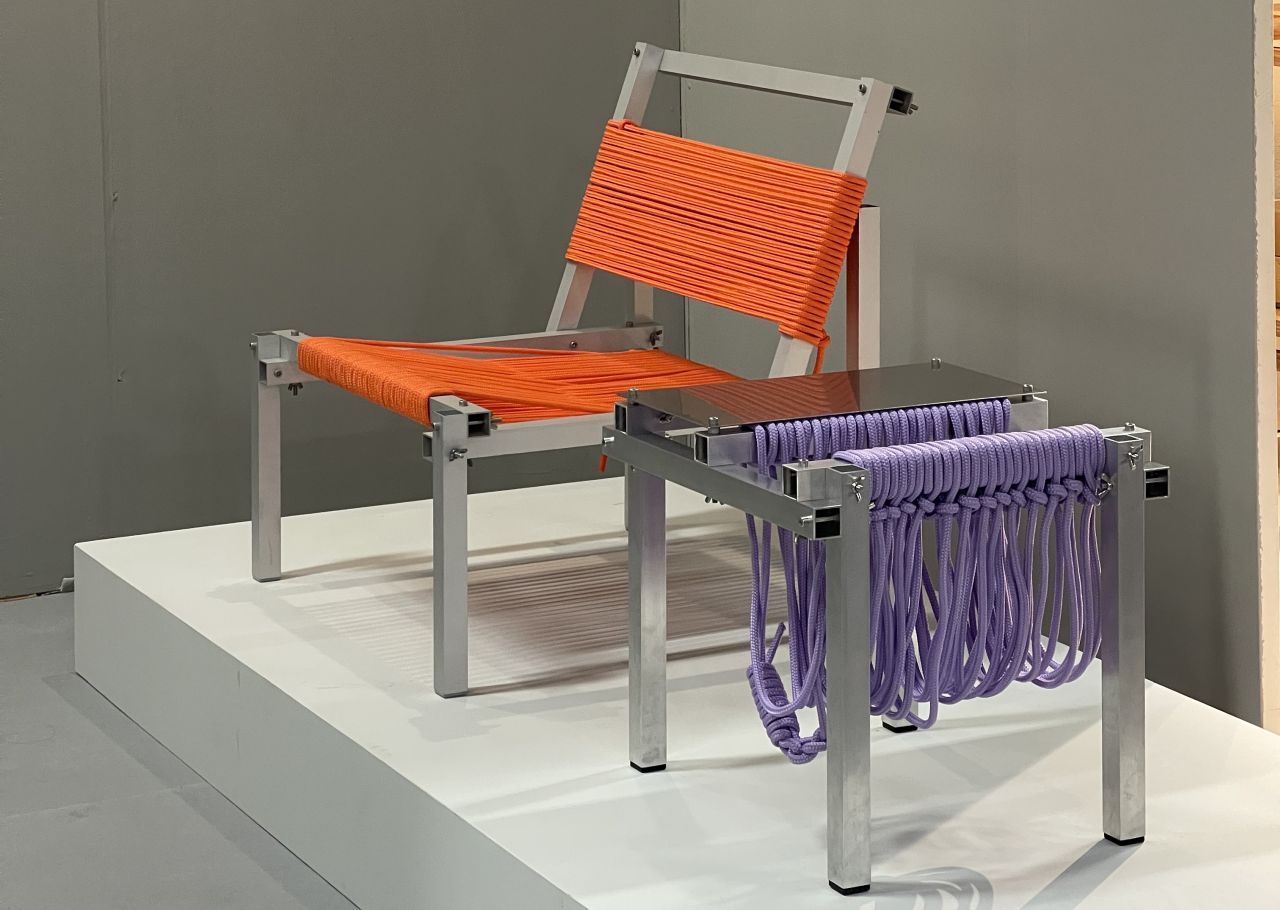
With these opinions as a basis, both Nordic and Indian design command immense respect and admiration, perhaps even a touch of envy because of their ability to create designs that feel effortless yet meaningful. In the words of CoCo Ree Lemery, an industrial and furniture design professor at the Purdue University, Indiana, “There’s an understated confidence in these two design forms that says, “We are content, we have nothing to prove, and here is a beautifully crafted chair.” It exudes a quiet joy and authenticity that resonates deeply with people worldwide. Whatever the case, these fairs clearly outline one fact, which is the goal to promote regional collective heritage in the international market, bridging the gap between economy and culture.
Follow Homecrux on Google News!
